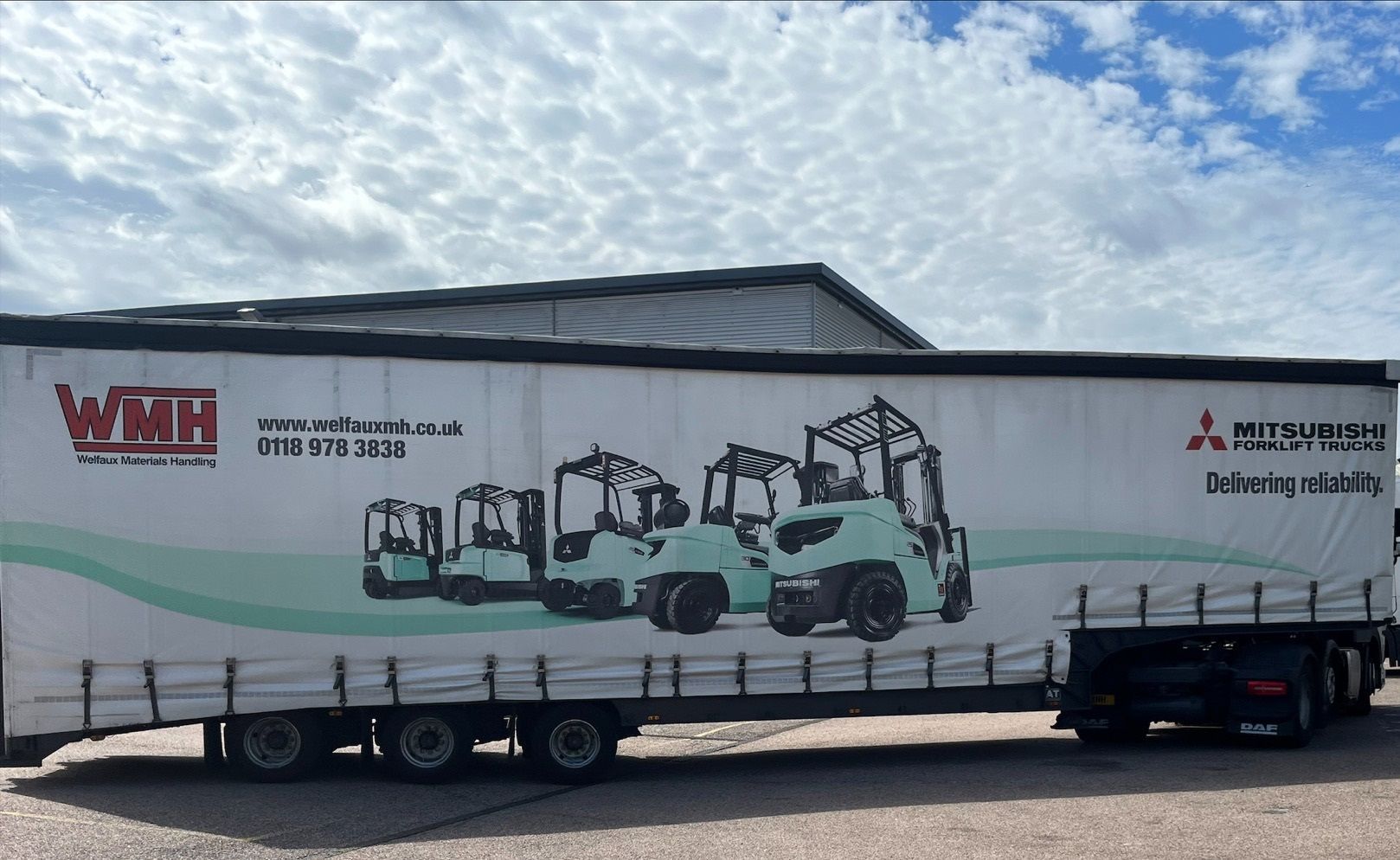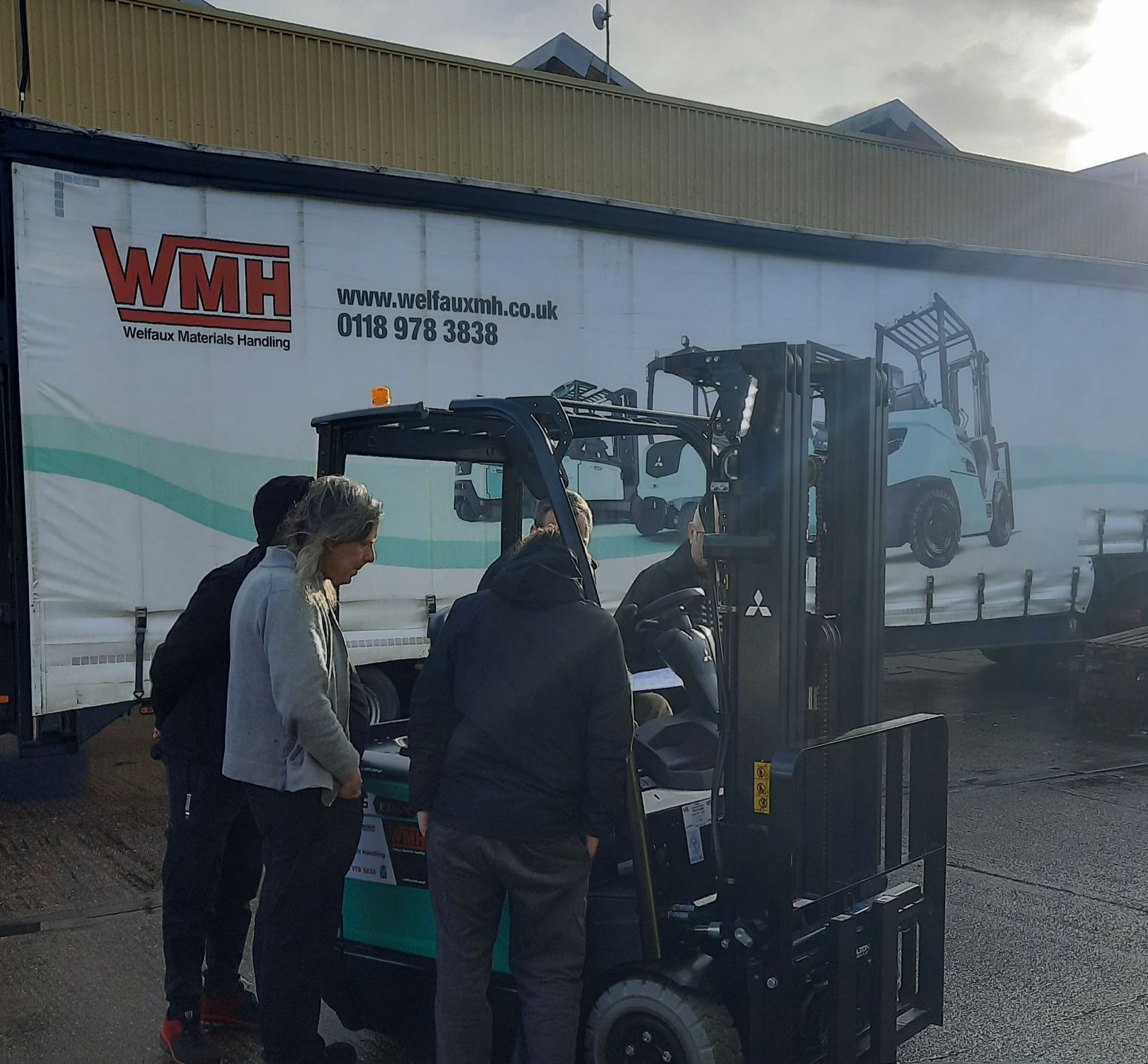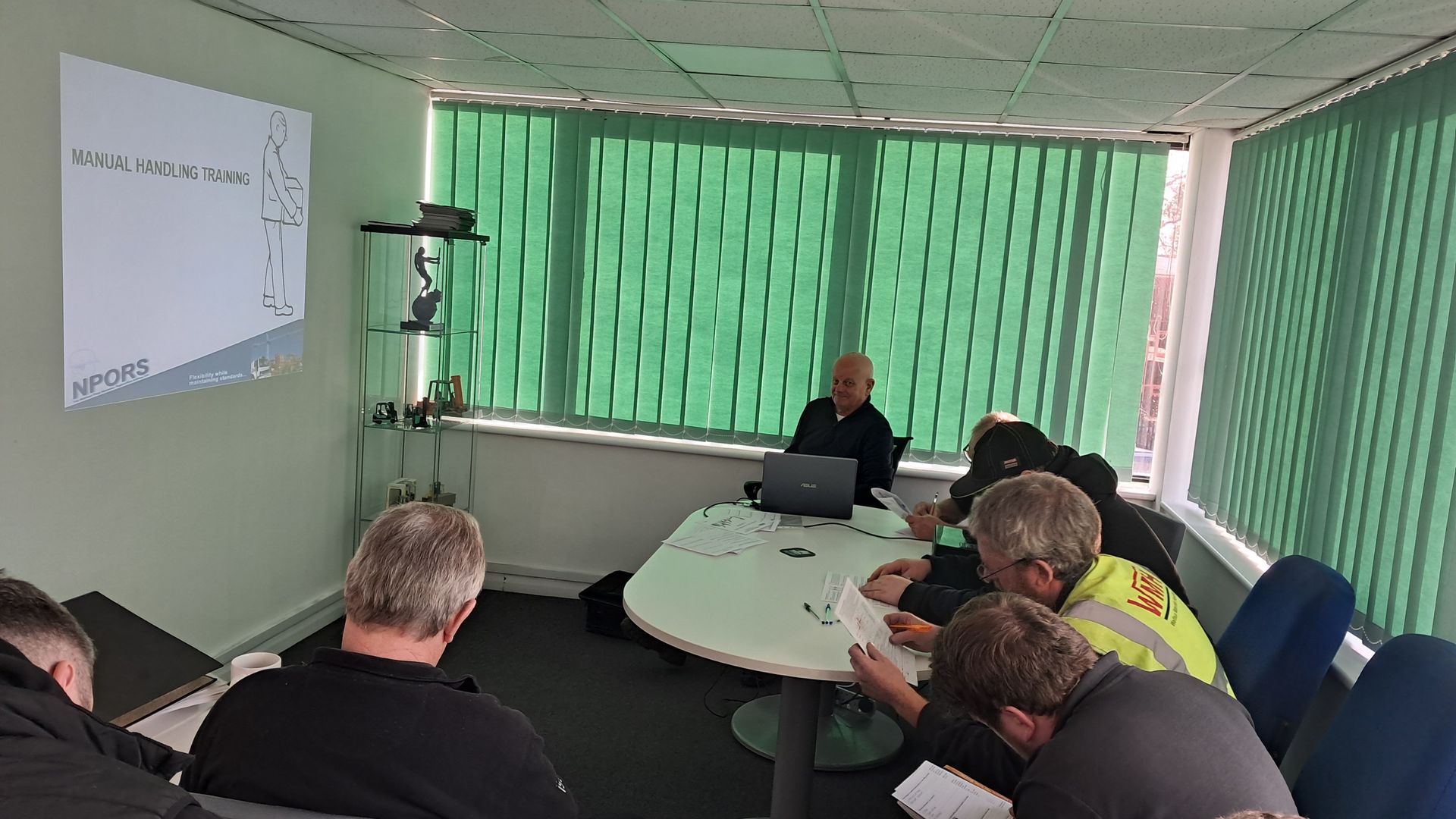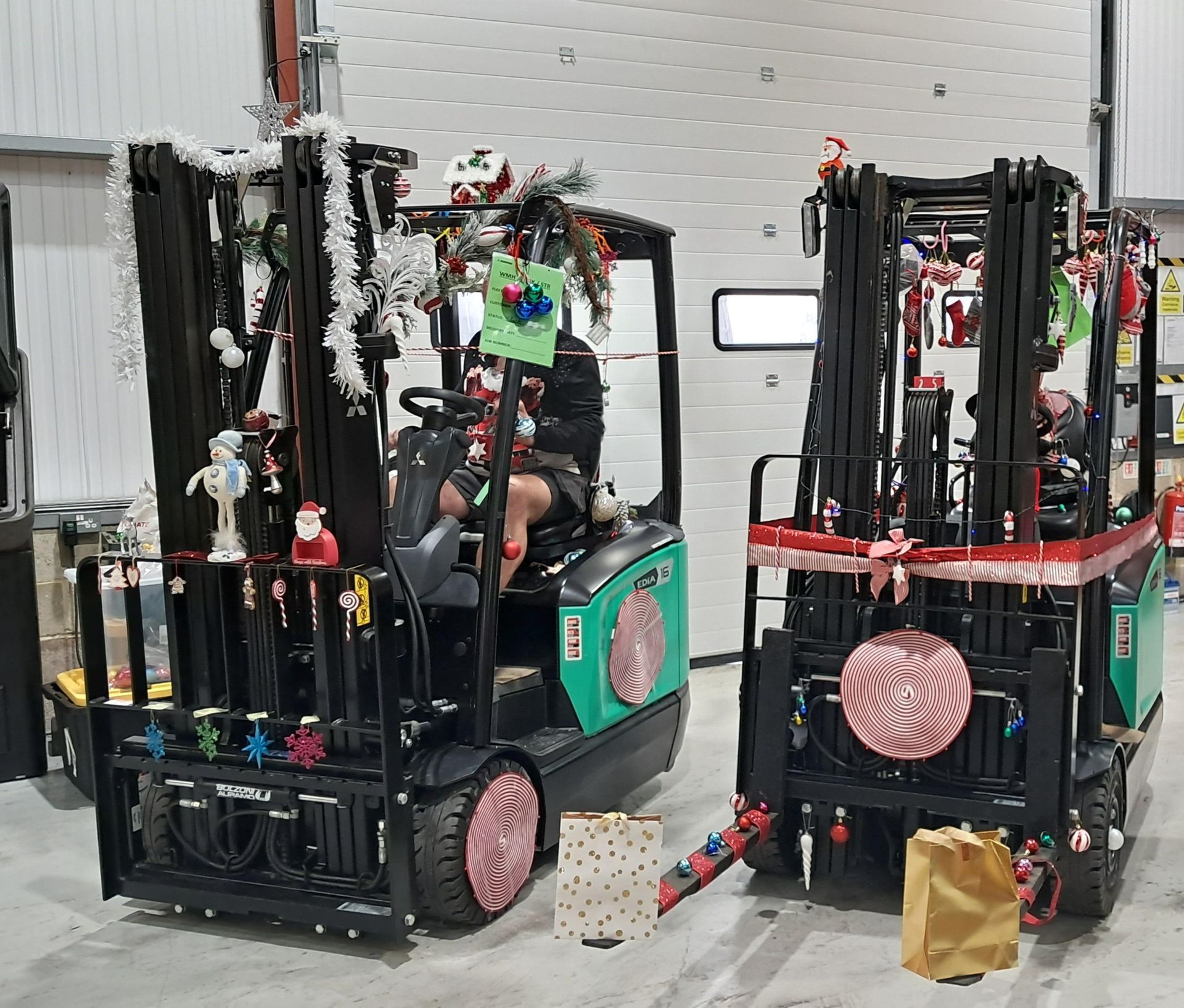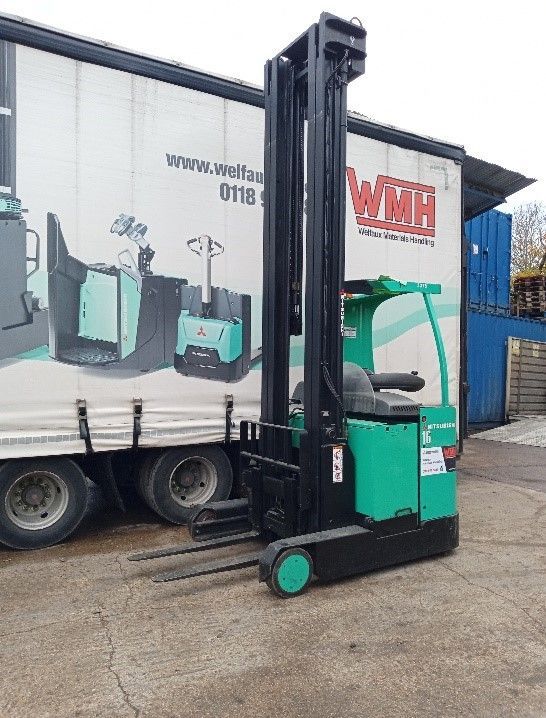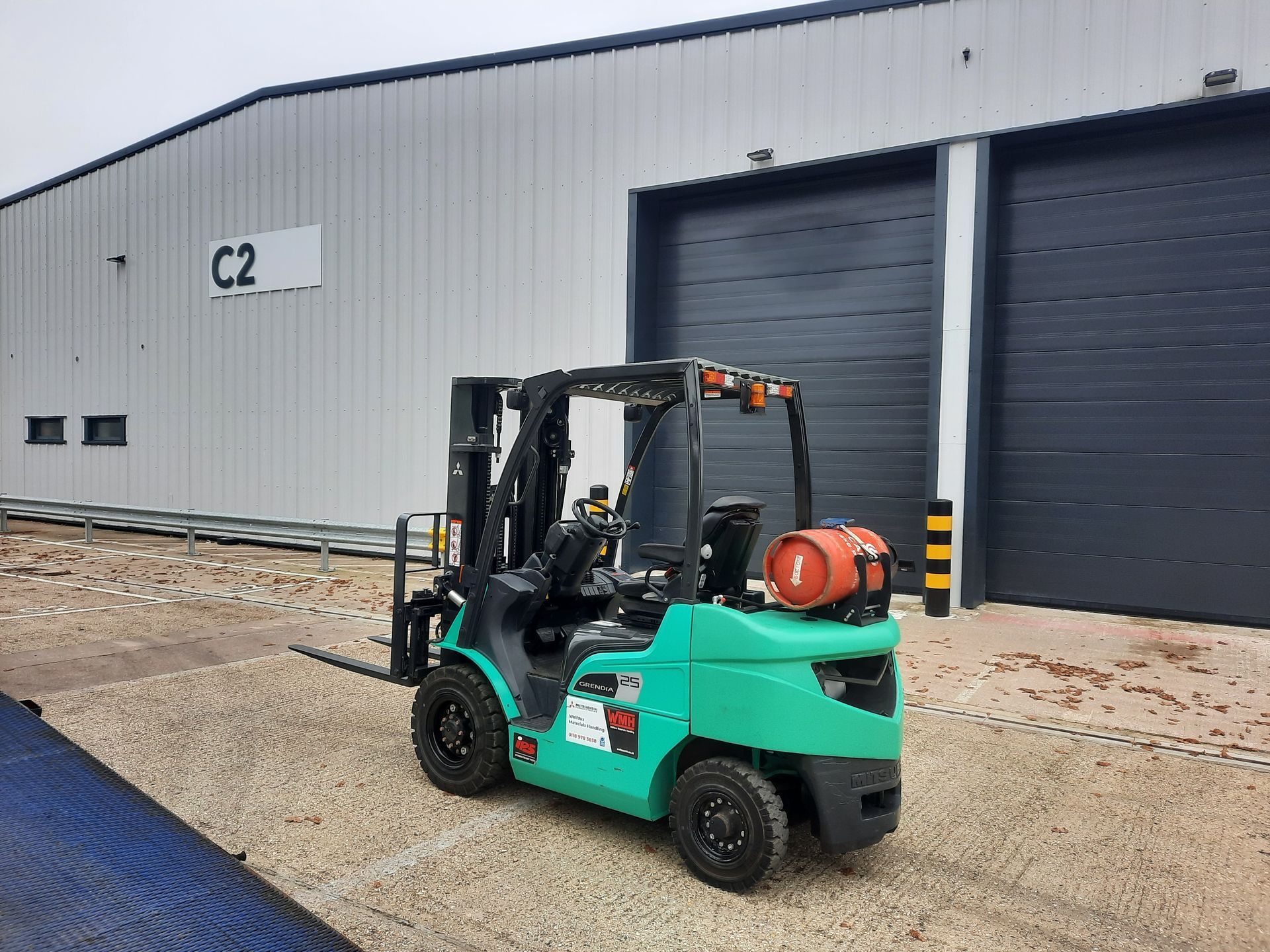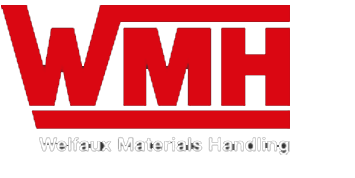Mastering Load Balance: Essential Techniques for Optimal Forklift Weight Distribution
Mastering Load Balance: Essential Techniques for Optimal Forklift Weight Distribution
Forklifts are the backbone of material handling and logistics industries. However, their efficiency and safety are heavily dependent on one crucial aspect: proper weight distribution. Improper load balancing not only poses significant safety risks but also impacts operational efficiency. This blog aims to shed light on effective techniques for balancing forklift loads, ensuring a safer and more productive workplace.
At Welfaux, we've garnered years of expertise in helping businesses find their perfect match. Here’s our comprehensive guide on choosing the right forklift for your operations.
Understanding Forklift Weight Distribution
- Basic Concepts: The centre of gravity and the stability triangle are foundational concepts in forklift operation. Understanding these can significantly reduce risks associated with load handling.
- Importance:
Proper weight distribution is essential not just for the safety of operators but also for the longevity of the forklift. It prevents accidents and minimises wear and tear on equipment.
Risks of Improper Load Balancing
- Safety Hazards: Incorrectly balanced loads can lead to forklifts tipping over, dropping loads, or losing control — all potentially dangerous situations for the operator and others nearby.
- Operational Impacts:
Inefficiencies, such as increased fuel consumption and time delays, are often consequences of improperly balanced loads.
Techniques for Balancing Forklift Loads
- Pre-Load Assessment: Evaluate the weight and dimensions of the load before lifting. This step is crucial for determining the right approach for lifting and transporting the load.
- Load Centering: Centering the load on the forks is imperative. Overloading beyond the forklift's capacity should be strictly avoided.
- Forklift Operation: Effective techniques for lifting, manoeuvring, and lowering loads are crucial. Operators should be trained in these techniques to maintain balance throughout the operation.
- Specialised Equipment:
Utilise attachments and equipment designed to aid in load balancing.
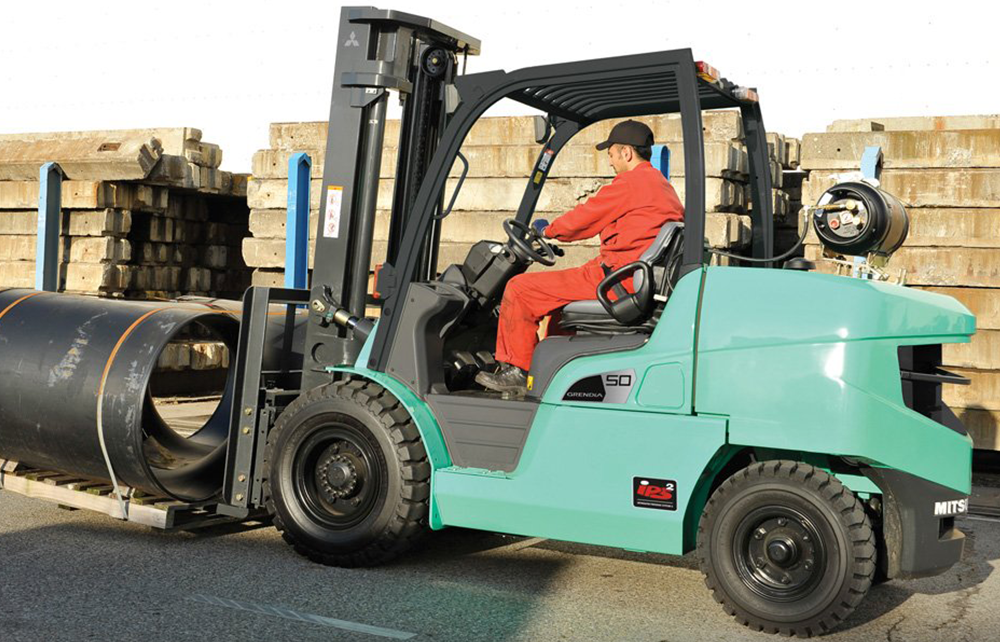
Training and Best Practices
- Operator Training: Ensuring operators are well-trained in weight distribution principles is essential. At Welfaux, we take this aspect seriously. Our accredited forklift training courses provide expert-led instruction on a variety of equipment, catering to clients across London and the Home Counties. Find out more.
- Regular Inspections: Conduct routine inspections of forklifts and load-bearing equipment to ensure they are in good working condition. In addition to these routine checks, Welfaux offers a comprehensive service & maintenance program. Our team of skilled technicians provides detailed inspections and maintenance services, ensuring that your equipment operates safely and efficiently, thus minimising downtime and extending the lifespan of your forklifts. Find out more.
- Workplace Environment: Maintain a workplace environment that supports safe forklift operation. This includes clear signage, designated pathways, and a clutter-free space.
Effective load balancing is not just a safety measure but a business imperative. By following these techniques and best practices, forklift operators can ensure a safer and more efficient working environment. For more information, expert advice, or forklift solutions, don't hesitate to
contact Welfaux.

